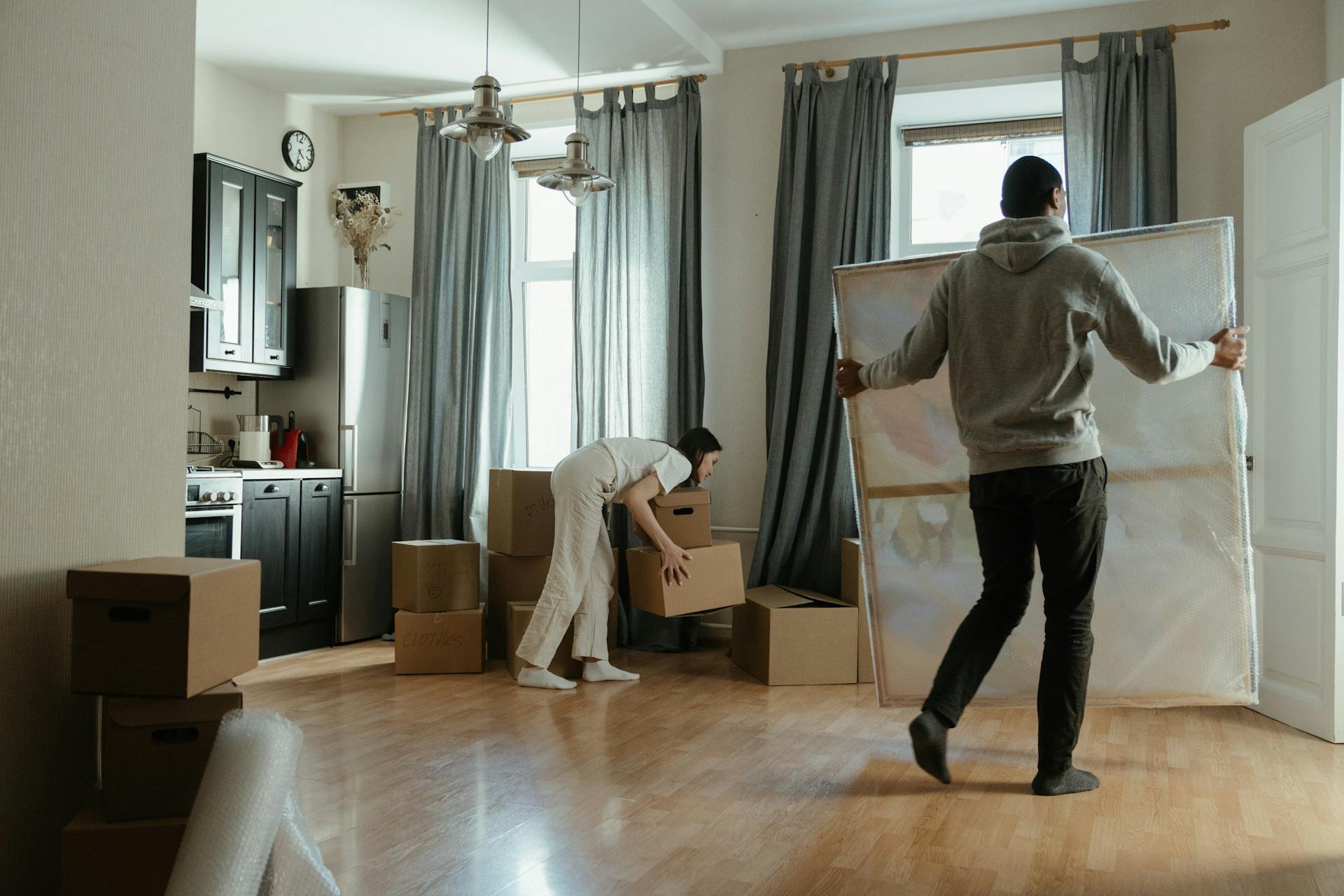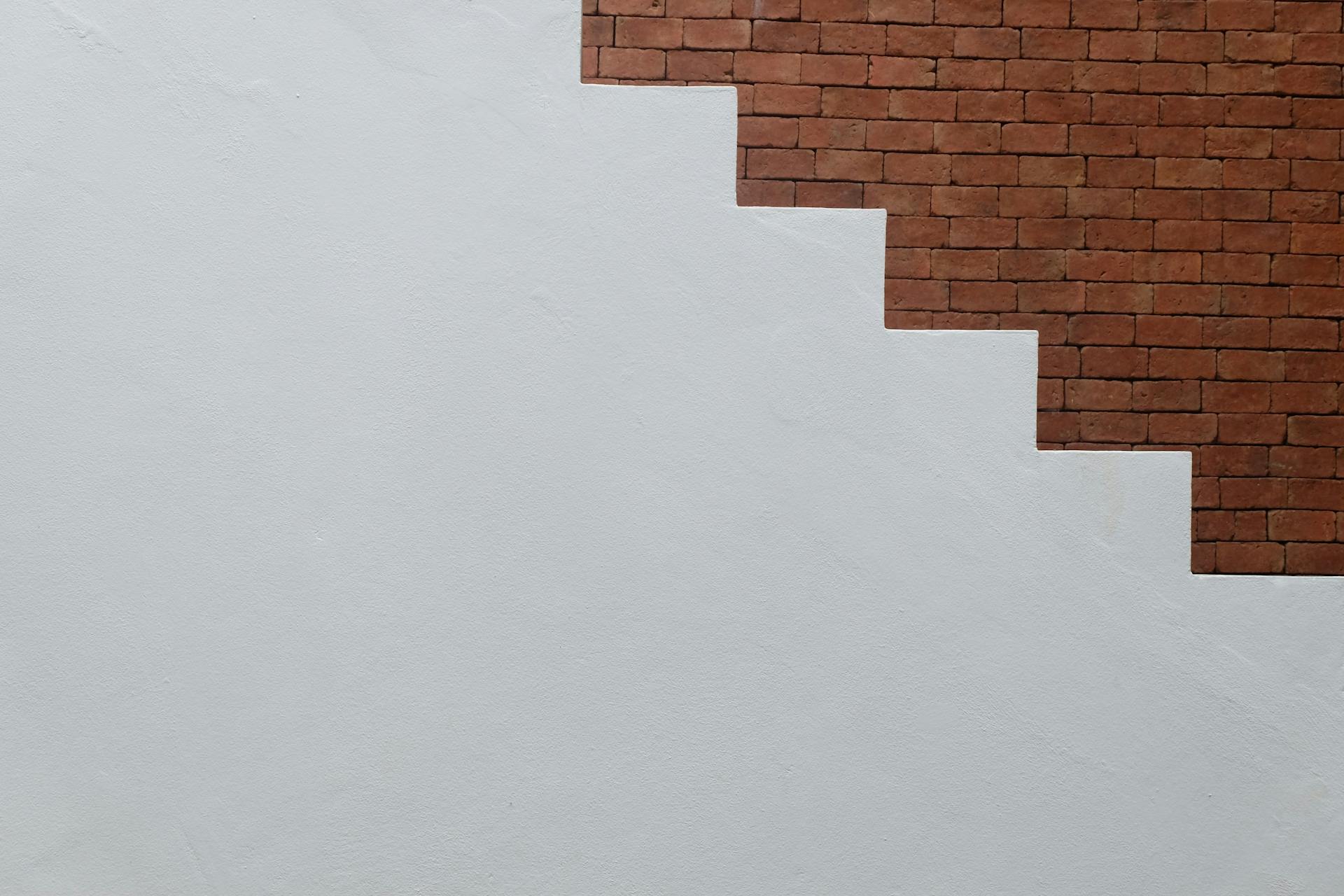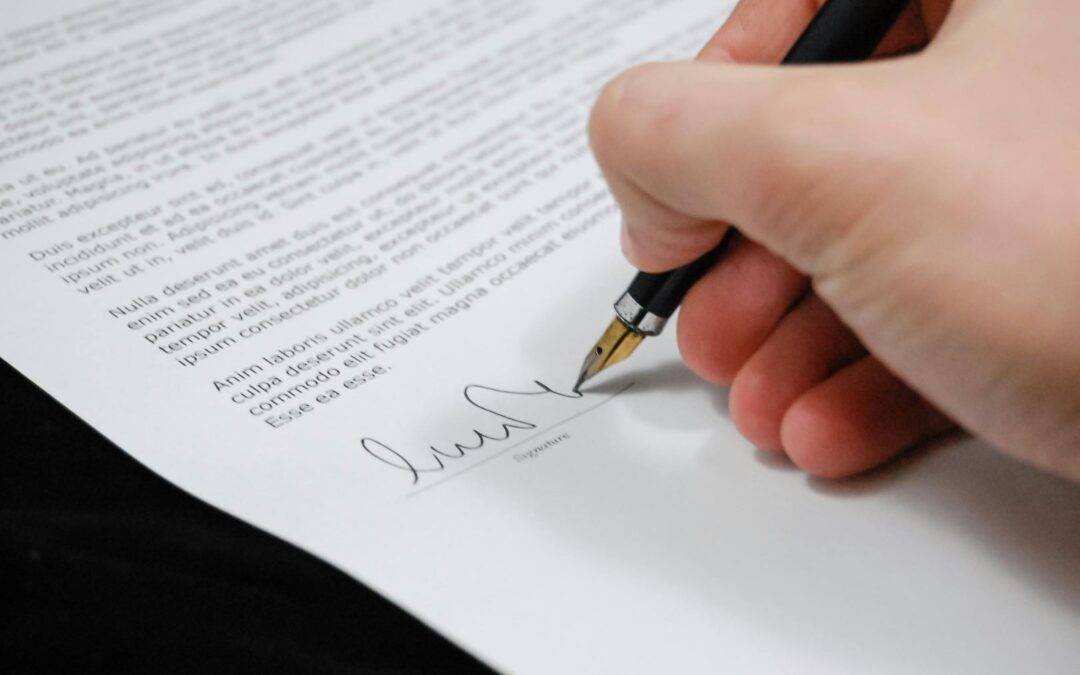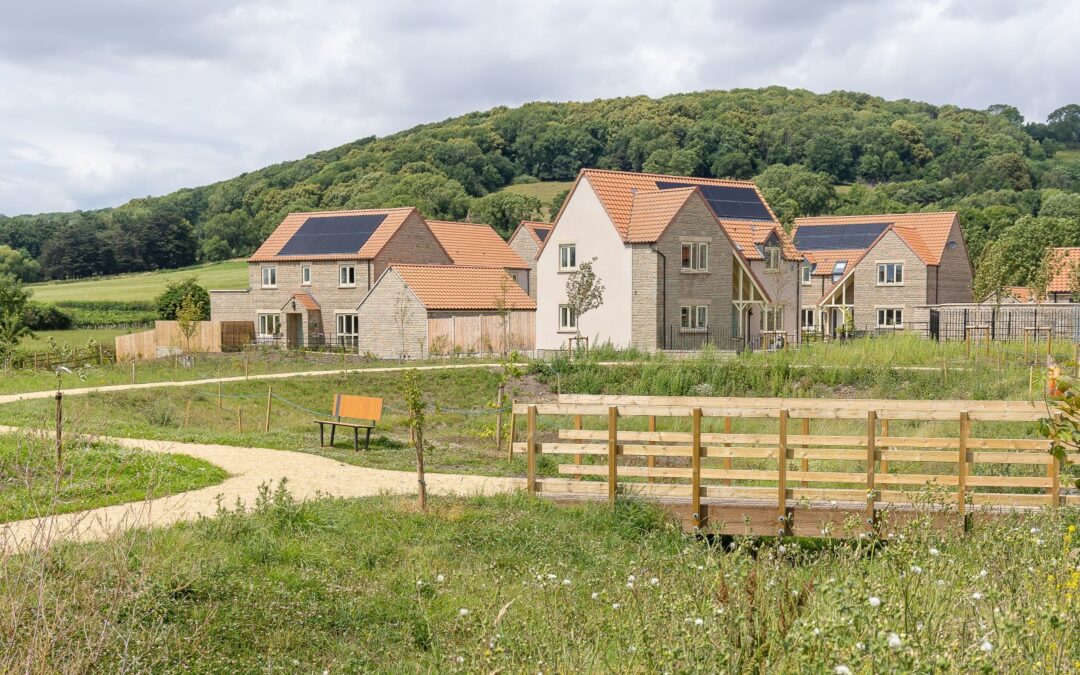What is staircasing?
Staircasing refers to the process whereby homebuyers gradually increase their ownership share of a property that they originally bought through the Shared Ownership scheme.
Shared ownership is a housing arrangement where a person buys a portion of a property (typically between 25% and 75%) and pays rent on the remaining portion, which is owned by a housing association or developer.
Over time, the homeowner can ‘staircase’ by purchasing additional shares of the property, typically in increments of 10% or more, until they own up to 100% of the property.
Interim staircasing
Like the name suggests, interim staircasing is the process of buying shares in the property but not yet reaching 100% ownership.
Final staircasing
Final staircasing is the last process of buying shares of the property, at which point you’ll now own 100% of the property. At this stage, the homebuyer will stop paying rent, however, may still be required to pay service charges or ground rent. Service charges are common even if you own outright from the start.
What are the benefits of staircasing?
Increased ownership
It’s a given but the more you staircase, the more of the property you’ll own, taking you closer and closer to full ownership if that’s your goal.
Rent payments will reduce
As ownership increases, the rent payable on the remaining property share decreases. If it’s your final staircase, you won’t have to pay rent at all anymore. You may also be eligible for more mortgage options and might get a better deal as you’ll no longer be restricted to Shared Ownership mortgages.
Financial flexibility
Homeowners can staircase at their own pace, depending on their financial situation at any time. There’s no set timelines as to when you have to buy more shares and you can avoid staircasing altogether, if that suits you.
Do I have to staircase?
No, staircasing is not a requirement with Shared Ownership. It’s completely up to you if you choose to staircase or remain at your current level of ownership.
Can I sell my home before staircasing to 100%?
No, you do not necessarily have to staircase to 100% ownership before selling your home. You can sell your shared ownership property even if you only own a portion of it. However, there are specific procedures and restrictions that may apply:
- Notifying the housing association when you decide to sell
- The housing association typically has the first right to find a buyer for your share
- An independent valuation is required to determine the current market value of your share, which will determine how much you can sell it for
- The housing association usually has a set period (often 8-12 weeks) to find a buyer. If they haven’t found one within this time period, you can then sell your share to the open market
- There may be costs associated with the resale process, such as valuation fees, administration fees, and legal fees
If you have staircased to 100% ownership, you’ll own the property outright and can sell it on the open market like any other freehold or leasehold property. The process is generally simpler because there is no housing association share involved, and you are not bound by shared ownership restrictions.

How does staircasing affect my mortgage?
Since Shared Ownership staircasing involves buying more shares in your property, you’ll need money to pay for these shares. To do so, you may need to remortgage or increase your loan, which could affect your terms, interest rates, and monthly repayments. Not to mention, not all lenders offer staircasing mortgages so you’ll need to find one that does.
If you can afford to pay for additional shares without a mortgage, you won’t need to worry about these considerations.
How does Stamp Duty work with staircasing?
When staircasing, you may need to pay Stamp Duty, however, it will depend on your individual situation. Homebuyer can go about this in two ways:
- Upon initial purchase of your Shared Ownership home, you’ll have the option to pay a one-off Stamp Duty payment, calculated using the total property value
- Alternatively, you can pay Stamp Duty in stages, each time you buy a share
So, if you choose to make a one-off payment, you won’t have to pay additional Stamp Duty when staircasing. On the other hand, if you pay in stages, you won’t have to pay stamp duty until your property shares reach 80%.
How many times am I allowed to staircase?
In most cases, there are no restrictions on how many times you’re allowed to staircase and buy more shares in your home. Yet, this will vary among different developers, so make sure to check your lease.
Find your dream home today
Discover thousands of new homes under the Shared Ownership scheme with OnTheMarket and make your dream of homeownership a reality.






